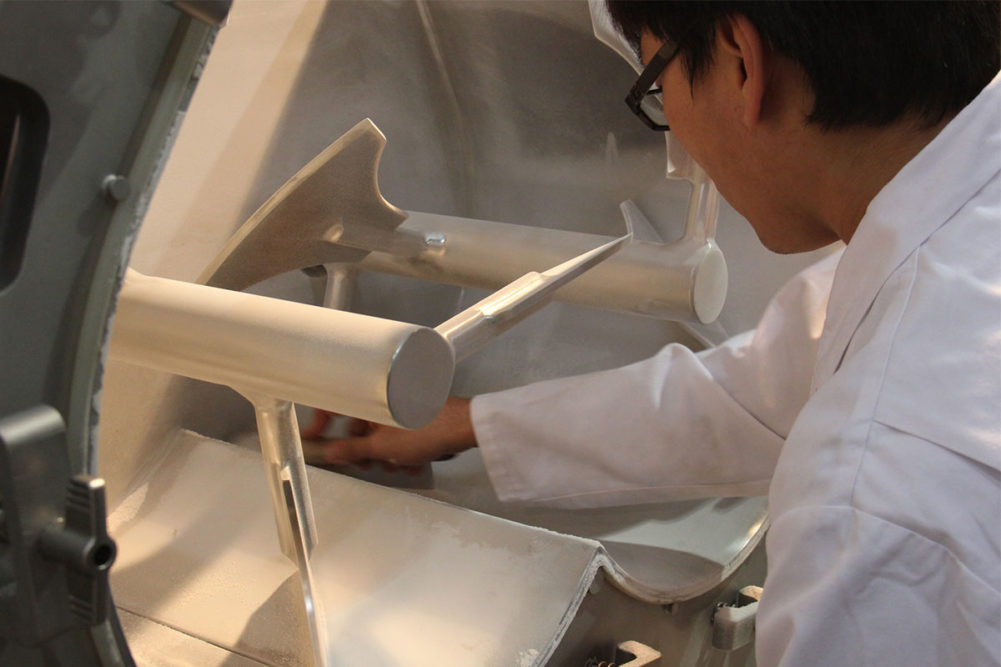SOMERSET, N.J. — With increasing interest in pet nutrition and wellness in the industry, many pet food processors find themselves handling micro ingredients, or ingredients that make up less than 1% of the food mixture, such as probiotics, herbs, spices, vitamins, minerals and more. According to Rene Meira Medina, executive vice president and engineer at Gericke USA, these ingredients require special considerations for processing.
With these ingredients, it’s important to prevent as much air exposure as possible to avoid contamination.
“A minute amount of contamination can devastate a minute proportion of micro ingredients,” Medina explained. “…Many process engineers [use] enclosed conveyors, such as pneumatic conveying systems, that automatically transfer the materials directly from storage to the mixer and eliminate risk of exposure.”
After preventing contamination, then comes the challenge of transferring the proper amount of micro ingredients from feeder to mixer.
“To ensure exactly the required amounts of micro ingredients are fed to the mixer, many processors specify automated loss-in-weight (LIW) feeders,” Medina said. “These gravimetric feeders weigh a preset amount of material then gently dose it into the mixer.”
The computer controls of a gravimetric feeder offer more accuracy in measuring ingredients, which helps maintain the quality of the overall mixture.
After ensuring the correct amount of micro ingredients are added to the mixture, many processors are left with the final challenge of mixing the ingredients gently, yet thoroughly. A traditional mixer or blender makes it difficult to ensure incorporation without the destruction of the ingredients.
“…Ribbon blenders lack the forward and backward motion provided by radial dispersion, and planetary mixers often apply high amounts of shear that can damage sensitive micro ingredients,” Medina said.
According to Medina, mixers like Gericke’s GMS Multiflux® can solve this problem as it creates a thoroughly blended mixture without harming the delicate ingredients.
“…Radial dispersion via rotation, and a combination of axial flow (moving parallel to a mixing rotor) and radial flow (moving perpendicular to a mixing rotor) create the turbulence needed to draw ingredients from the sides and from and below the surface, and direct them to the mixing zone without losing the precious micro ingredients at the outer edges,” Medina explained.
According to Gericke, its GMS Multiflux can deliver a homogenous mixture within 30 seconds without destroying the ingredients.
Find more articles about the latest pet food processing technologies on our Equipment page.



